Innovative Flavor Profiles
Innovation in flavor profiles is becoming a key driver in the breakfast cereals market in North America. As consumer palates evolve, there is a growing appetite for unique and exotic flavors that go beyond traditional offerings. This trend is evidenced by the introduction of cereals featuring flavors such as matcha, chai, and various fruit blends. Market Research Future indicates that products with innovative flavors can command a premium price, with some brands reporting a 15% increase in sales for new flavor launches. This emphasis on flavor innovation not only attracts new customers but also encourages brand loyalty among existing consumers. The breakfast cereals market is thus compelled to invest in research and development to create appealing flavor combinations that resonate with diverse consumer preferences.
Growth of E-Commerce Channels
The rise of e-commerce is reshaping the breakfast cereals market in North America, providing consumers with greater access to a diverse range of products. Online shopping platforms are increasingly popular, with data indicating that online sales of breakfast cereals have surged by over 30% in recent years. This shift is driven by the convenience of home delivery and the ability to easily compare products and prices. Retailers are investing in their online presence, optimizing websites for user experience, and offering subscription services to encourage repeat purchases. The breakfast cereals market is thus adapting to this digital transformation, recognizing the need to engage consumers through online channels to remain competitive in a rapidly evolving retail landscape.
Increased Focus on Functional Foods
The breakfast cereals market in North America is witnessing a growing interest in functional foods that offer health benefits beyond basic nutrition. Consumers are increasingly looking for cereals that support specific health goals, such as weight management, digestive health, and immune support. This trend is reflected in the introduction of cereals containing probiotics, prebiotics, and other functional ingredients. Market data suggests that products marketed as functional can achieve a 20% higher sales volume compared to traditional cereals. The breakfast cereals market is thus responding to this demand by innovating and reformulating products to include these beneficial ingredients, catering to the health-conscious consumer who seeks more than just a quick breakfast option.
Rising Demand for Nutritional Products
The breakfast cereals market in North America experiences a notable increase in demand for products that offer enhanced nutritional benefits. Consumers are increasingly seeking cereals fortified with vitamins, minerals, and fiber, reflecting a broader trend towards health and wellness. According to recent data, approximately 60% of consumers prioritize nutritional content when selecting breakfast cereals. This shift is likely driven by a growing awareness of the importance of balanced diets, particularly among families with children. As a result, manufacturers are reformulating existing products and introducing new lines that cater to these health-conscious preferences. The breakfast cereals market is thus adapting to meet these evolving consumer expectations, which may lead to increased competition among brands aiming to capture this segment of health-oriented consumers.
Sustainability and Eco-Friendly Packaging
Sustainability is increasingly influencing purchasing decisions in the breakfast cereals market in North America. Consumers are becoming more environmentally conscious, leading to a demand for products that utilize eco-friendly packaging and sustainable sourcing practices. Approximately 45% of consumers express a preference for brands that demonstrate a commitment to sustainability. This trend is prompting manufacturers to explore biodegradable packaging options and to source ingredients from sustainable farms. The breakfast cereals market is responding by highlighting these initiatives in marketing campaigns, which may enhance brand image and attract environmentally aware consumers. As sustainability becomes a core value for many shoppers, companies that fail to adapt may risk losing market share to more eco-conscious competitors.


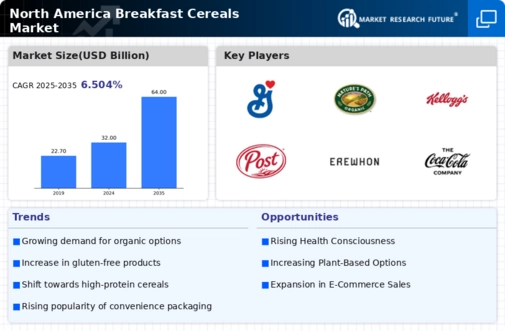
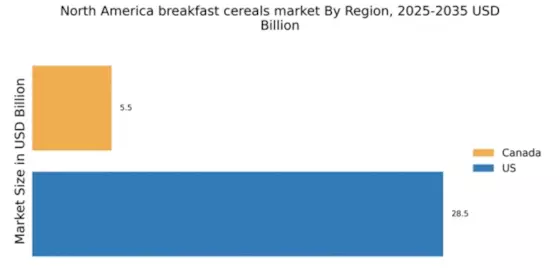
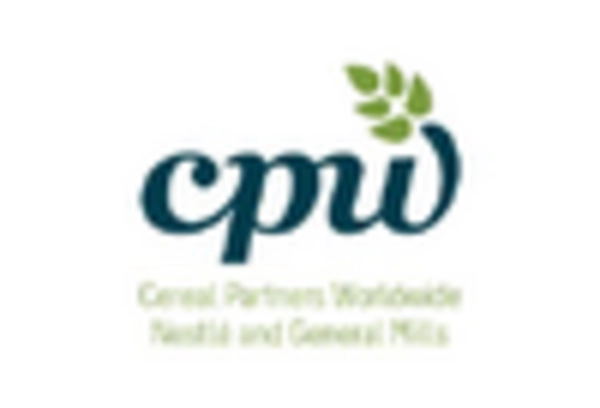

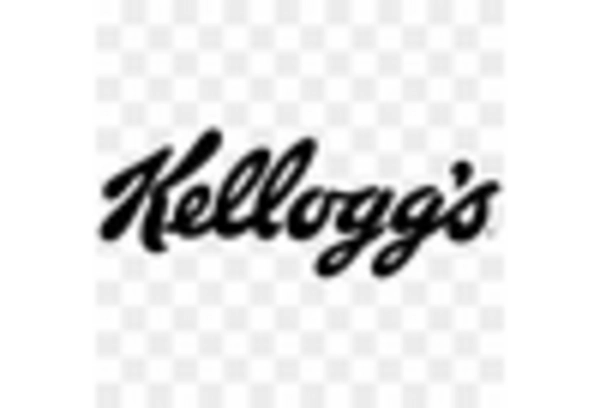
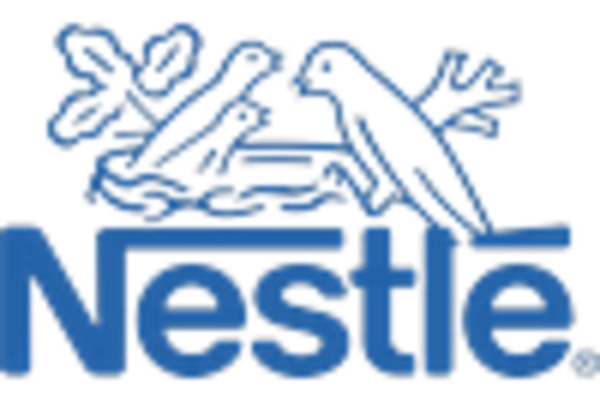
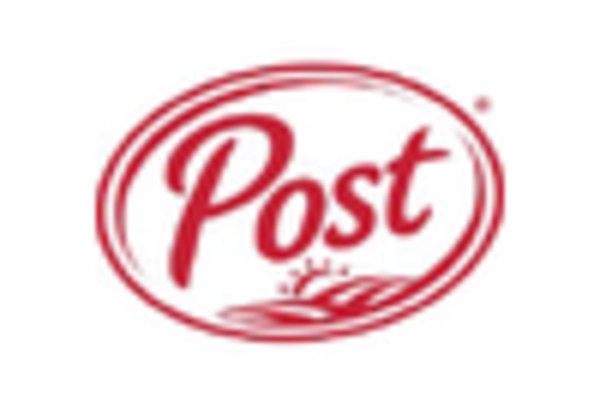









Leave a Comment